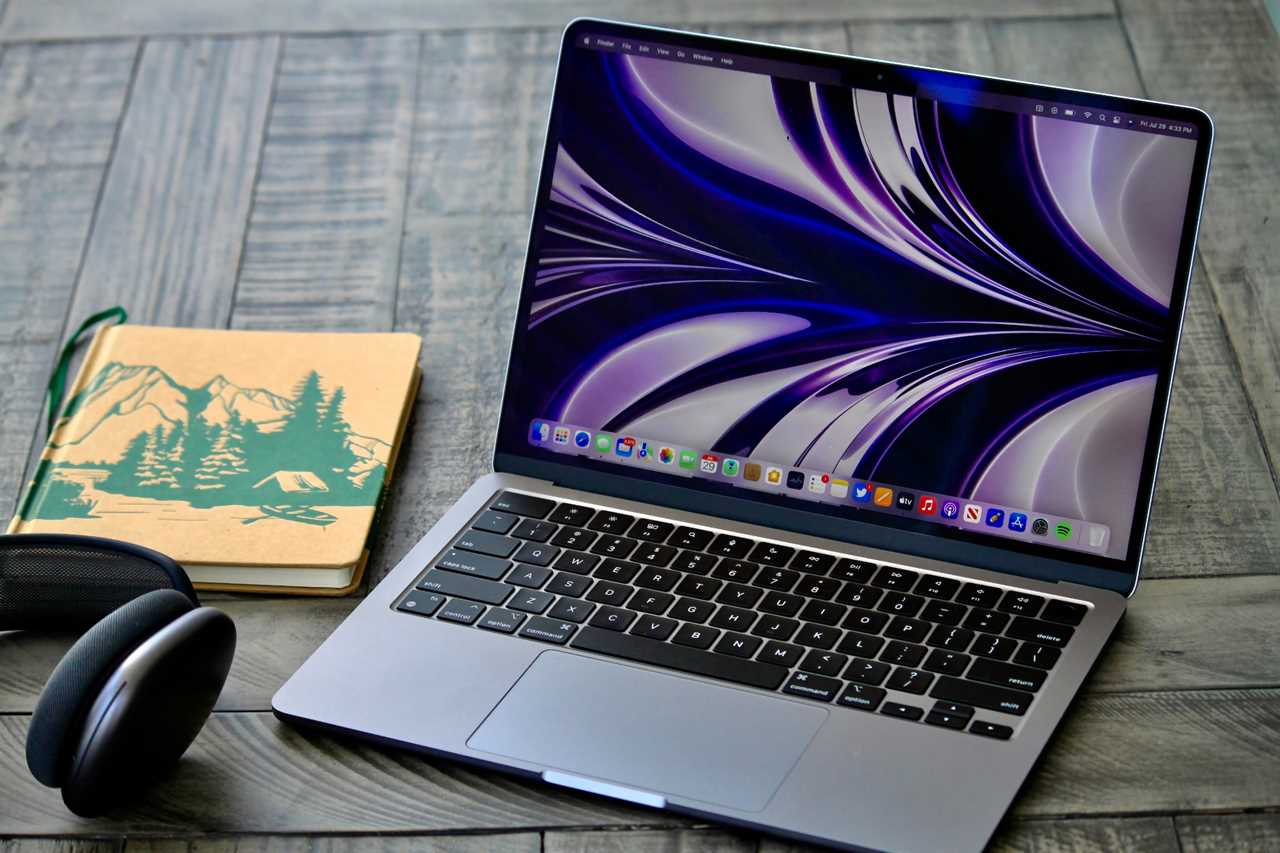Macworld
I love speaking at user group meetings. There aren’t as many Apple user groups out there as there used to be, and these days the meetings are mostly over Zoom, but as someone who mostly speaks with developers, PR people, and media types, it’s refreshing to speak to people who are much more purely enthusiastic about Apple and its platforms.
User groups also tend to do a good job of exposing the concerns and pain points of Apple customers who aren’t doing this for a living. It’s a great perspective shift. Last month, I spoke to a group that made it pretty clear what Apple is doing that is making them unhappy. The particular complaints that floated to the top were, I think, instructive about where Apple needs to make changes and up its game. Let’s take them in turn.
Software quality issues
There was real frustration about the quality of Apple’s software. I’m quick to remind people that our memory of the good ol’ days is probably not accurate-I had to forcibly reboot my Mac multiple times a day in the Mac OS 8 era-but it’s hard to deny that Apple’s software attention is divided and there are a lot of loose ends.

Just last month, iOS 16.4 introduced several bugs that needed to be fixed with iOS 16.4.1.
Foundry
I’ve heard this complaint from pundits, developers, and IT administrators, so it seems to span a wide swatch of Apple customers, especially Mac users. If the rumors are true and this fall’s next round of operating-system updates are largely focused on “quality of life” improvements, I think everyone in this group will feel relieved, not disappointed.
If Apple is going to keep releasing new OS versions every single year-and for better or worse, this seems to be the cadence we’re going to be stuck with-it’s vital that the company stop and smell the roses every few years. By this I mean, fixing bugs and doing detail work rather than shipping a half-dozen new marquee features across all of its platforms.
The other prescription I’d give to Apple is to make every corner of its software world-operating-system features, bundled apps, and add-on apps-have an owner who cares about it, and a team that can maintain it. Many of Apple’s apps and features feel like they’re shipped, abandoned (for years), and then hastily given a new coat of paint before being abandoned for more years. If Apple cares enough to ship a new app or feature, it should care enough to maintain it for the long run.
Base storage pains
The members of the user group were frustrated by what they saw as Apple’s sale of base-model devices that just don’t offer an acceptable amount of storage, forcing people to spend a lot more money to get a suitable configuration.
Consider the M2 MacBook Air. We all refer to it as a $1,199 laptop, but if you don’t consider 256GB of storage acceptable, it’s $1,399 at the very least. (I’m personally less upset by the base 8GB of memory, but 256GB is pretty skimpy.) Similarly, it was only in 2021 that Apple finally increased the base model iPhone to 128GB from 64GB. The $449 iPad currently starts at 64GB, so if you want more storage, that starting price will balloon to $599.

Users would like Apple to raise the storage capacity of its base model Macs.
Complaining about the cost of Apple’s spec upgrades is a tale as old as time-and just wait, we’ll get there momentarily-but the company’s tendency to perform soft price increases by offering base models so poorly configured that people can’t help but upgrade is a separate issue. Not only does it make the marketing of the base price feel misleading, but many people will buy the base model without considering the specs-and end up in a situation where they’re struggling with constantly filling storage on their brand-new Apple device. That’s not great for anyone.
The cost of upgrades
This brings us to the classic complaint. Look, we all know that Apple is one of the world’s most profitable companies for a reason. They make their profit on the base models, but where they really get you is in the spec boosts. And while modern Apple devices are not upgradeable after the fact for some good technical reasons, it can’t hurt that it forces users to spec out their devices while considering any potential future needs.
Still, the prices are often extortionate. Adding 256GB of additional storage to that base-model M2 MacBook Air will cost you $200. Increasing it by 768GB is $400. A quick look on Amazon suggests I can buy a 2TB external SSD for something like $100. I know that an external USB drive isn’t an analog for the fast SSD chips inside a Mac, but… it’s twice the storage for half the cost!
If there were a third-party market for internal storage upgrades, things might be different. But since 2018, Apple has made MacBook Air internal storage permanent and un-upgradeable. Unless you want to duct tape an external SSD to the back of your laptop (believe me, I’ve been there), you’re out of luck.
Some gripes are forever. Apple’s spec updates are probably always going to be pricey. But that philosophy would be easier to accept if the base models weren’t as underpowered as they frequently are. Apple’s software will always have bugs, but maybe, once in a while, the company can stop and try to clean up the mess its previous software updates have made, rather than making new ones. Hope springs eternal.
Read More
Title: Declining software quality is just one of the many issues bugging Apple users
Sourced From: www.macworld.com/article/1782792/apple-user-complaints-software-upgrade-pricing.html
Published Date: Wed, 12 Apr 2023 10:30:00 +0000
.png)





